



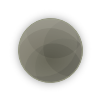

STOKE ST MARY AND DISTRICT HISTORY GROUP
A small select group from the History Group visited Lacock Abbey and Village on 27 September 2014.
VISIT TO LACOCK ABBEY AND VILLAGE -
We visited various rooms which had been part of the old Nunnery including one containing a huge “pot”. Tom was delighted to find that the pot had been fabricated in Mechlin in Flanders in 1500 and not in England so that Taunton Museum could still retain its title of having as part of its collection the largest witches cauldron made in England.
We then went upstairs and looked at some of the Talbot rooms including the hall. The hall is notable for the whimsical terracotta statues decorating niches around its perimeter. These were commissioned by John Ivory Talbot in 1754 as part of his attempt to transform the hall into a mock-
The story goes that the Talbot who commissioned the hall invited all his neighbours to an inaugural party and all those who attended have their coat of arms on the ceiling.
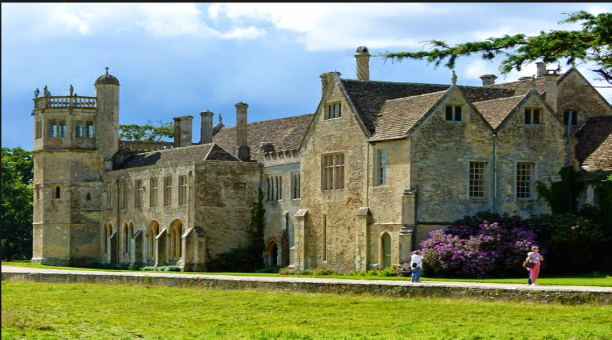
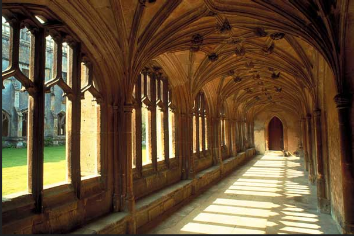
The Abbey located in the centre of the village was founded in the 13th century and many of the underpinnings of the house show its monastic origins. It was the very last religious house disbanded during Henry VIII's Dissolution of the Monasteries.
The "modern" Tudor rooms, were begun by Sir William Sharington in 1539. Sharington was a bit of a scoundrel, and nearly lost his life when it came to light that he had been involved in debasing coins. When Sherington took over Lacock he destroyed the church, and built his new house out of the nun's dormitory, refectory, and ranges.
Later, it became a quirky country house of various architectural styles within its own woodland grounds. It was a home for the Talbot family, including William Henry Fox Talbot 19th century, famous for his contributions towards the invention of the photographic negative.
His amazing achievements are celebrated in the Fox Talbot museum on the ground floor and the gallery above holds special exhibitions throughout the year.
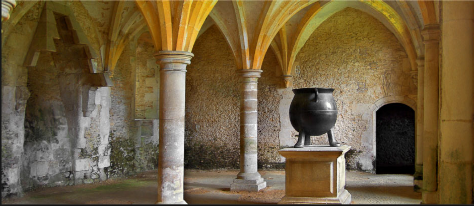
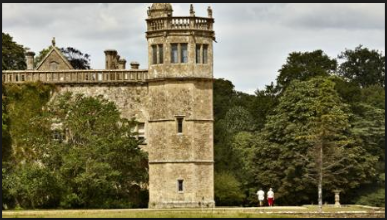
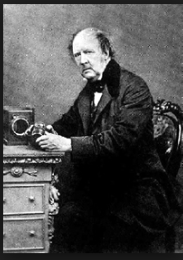
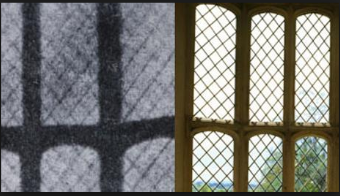
On the left a print of one of the earliest negatives in existence. On the right a modern photo of the same window.
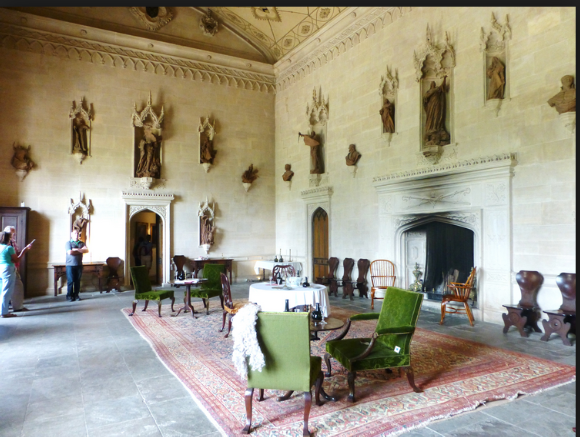
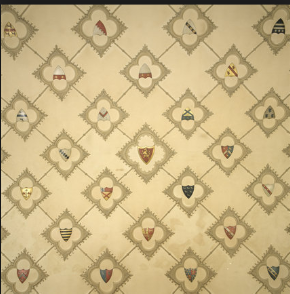
Having finished our visit to the Abbey we ambled gently into Lacock village [which is like somewhere out of a Jane Austen novel – not surprisingly it is often used for 18/19th century film sets] to the George Inn for an excellent lunch.
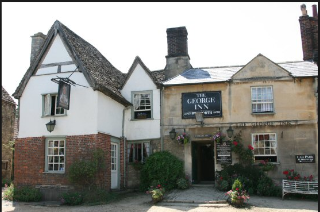
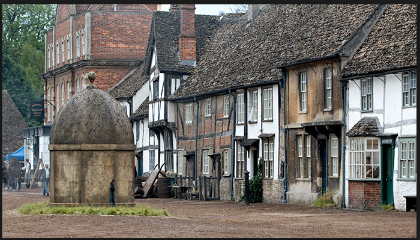
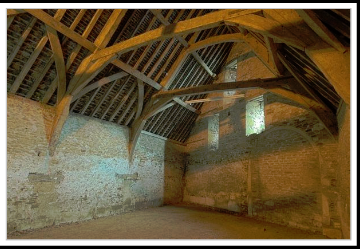
A quick visit to the Tithe Barn on the way back to the car park and then off to Avebury.
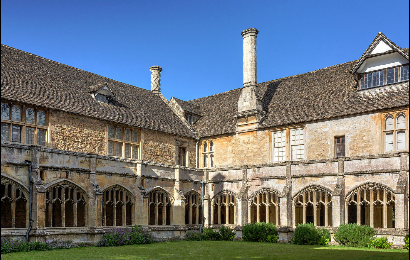
BACK
